
Medical Animation
We create evidence-based medical animation that makes your story easy to understand and impossible to ignore. Using cutting-edge 3D animation technology and the best practices of filmmaking, we deliver stunning results that entertain as they educate. Medical animation is a powerful tool in healthcare communication. It is used to educate physicians and patients on medical procedures and about products. Medical animation is also a powerful tool to explain drug mechanism-of-action and mechanism-of-disease, and for pharmaceutical marketing.


Plaque Psoriasis Drug MOA Animation
Arcutis Biotherapeutics

Medical Animation: Cancer ADC MOA
Exelixis, Inc.
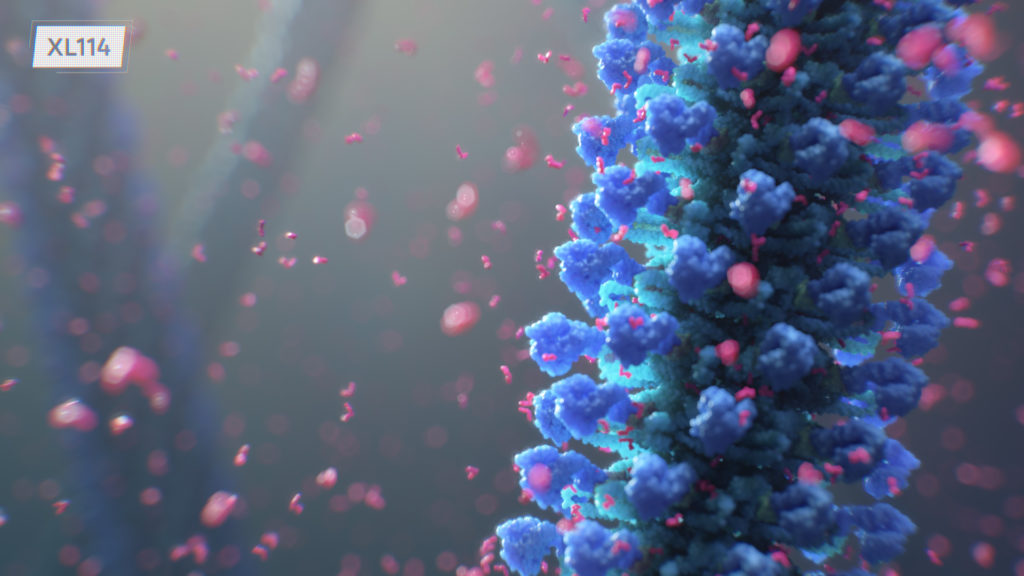
Medical Animation: Cancer Small Molecule MOA
Exelixis, Inc.
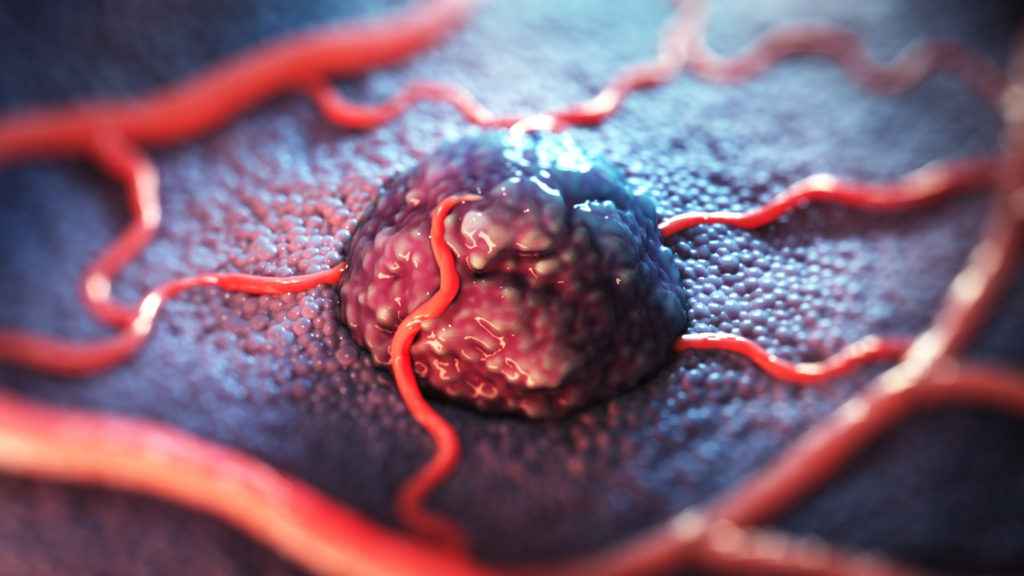
Scientific Animation: Certepetide MOA
Lisata Therapeutics
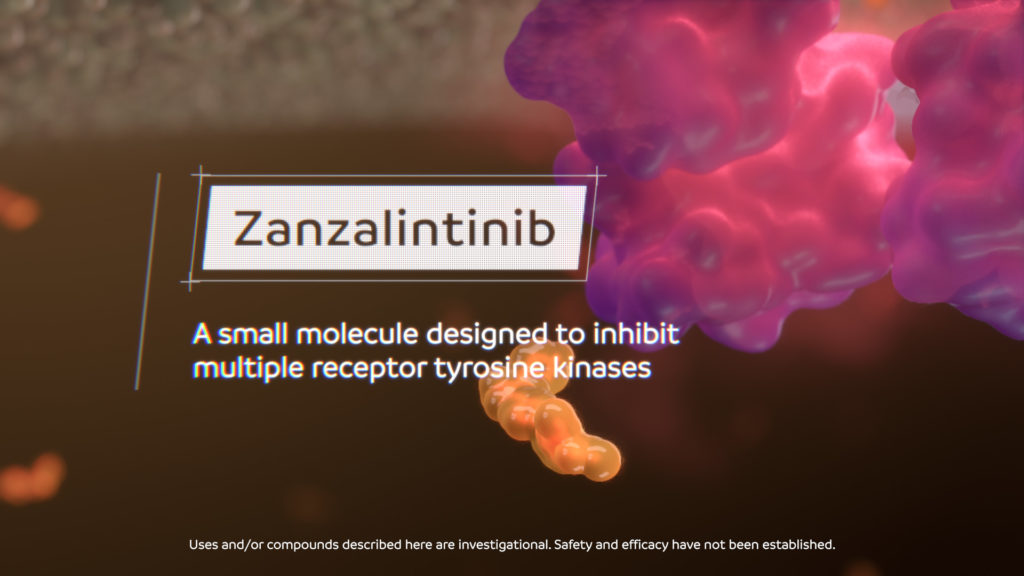
Oncology MOD and MOA Animation
Exelixis, Inc

Scientific Animation - Photobiomodulation Therapy for AMD
LumiThera, Inc.

Heart Failure MOD Animation
Biopharmaceutical client
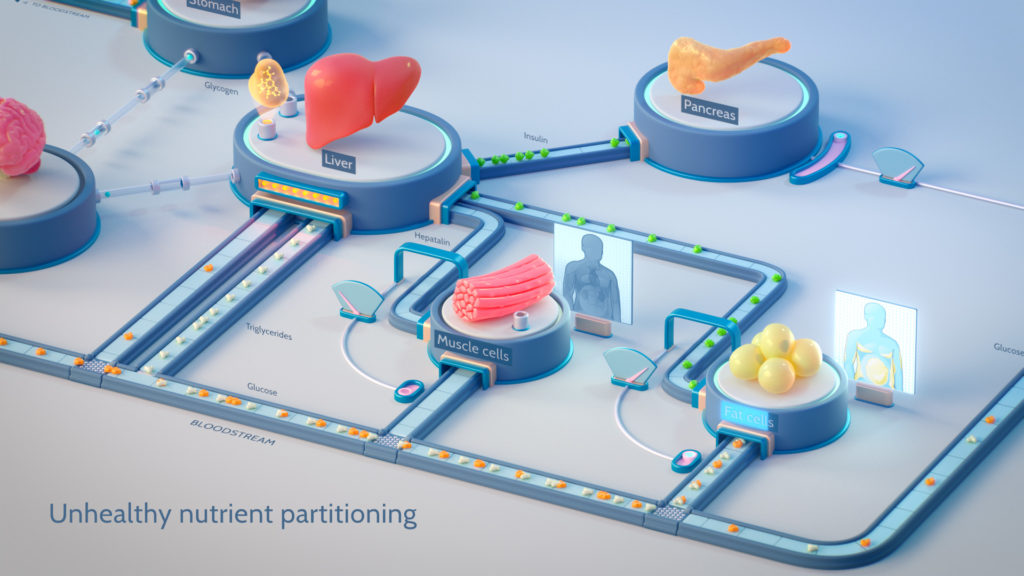
Medical Animation: The Science of Hepatalin
Scimar Ltd.
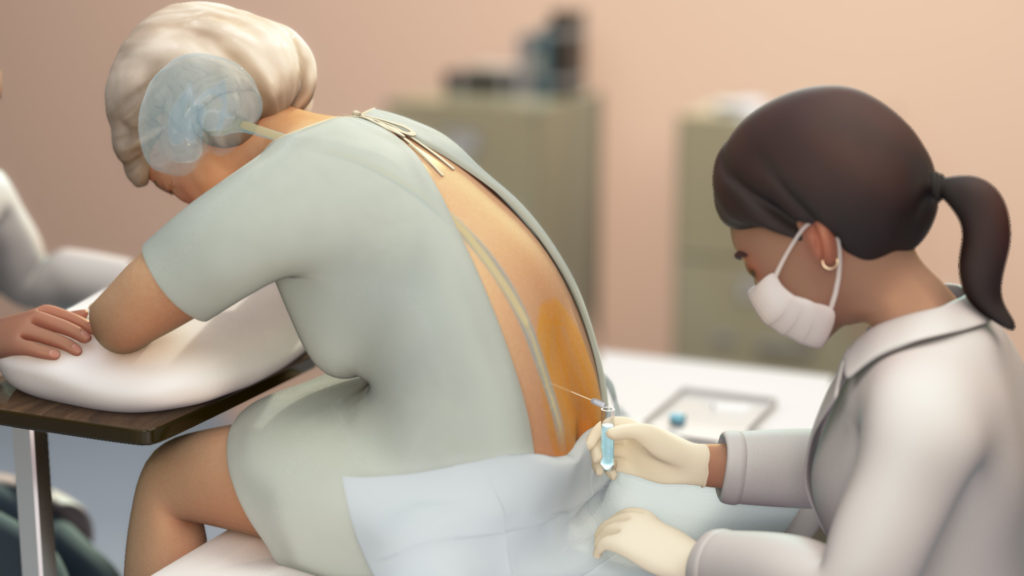
Alzheimer's Disease Medical Animation
Banner Health
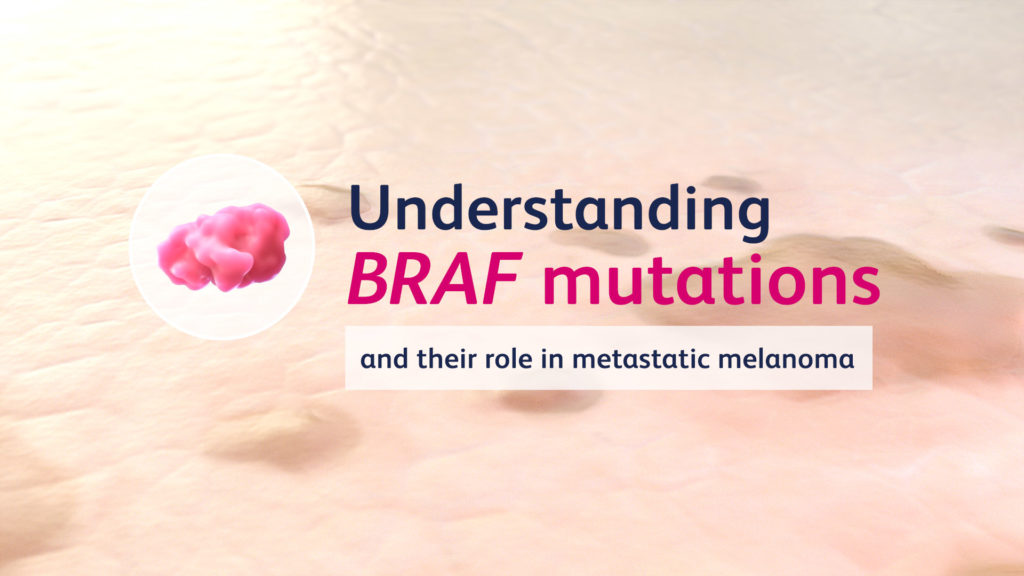
Medical Animation: BRAF Inhibitor for Melanoma
Biopharmaceutical client
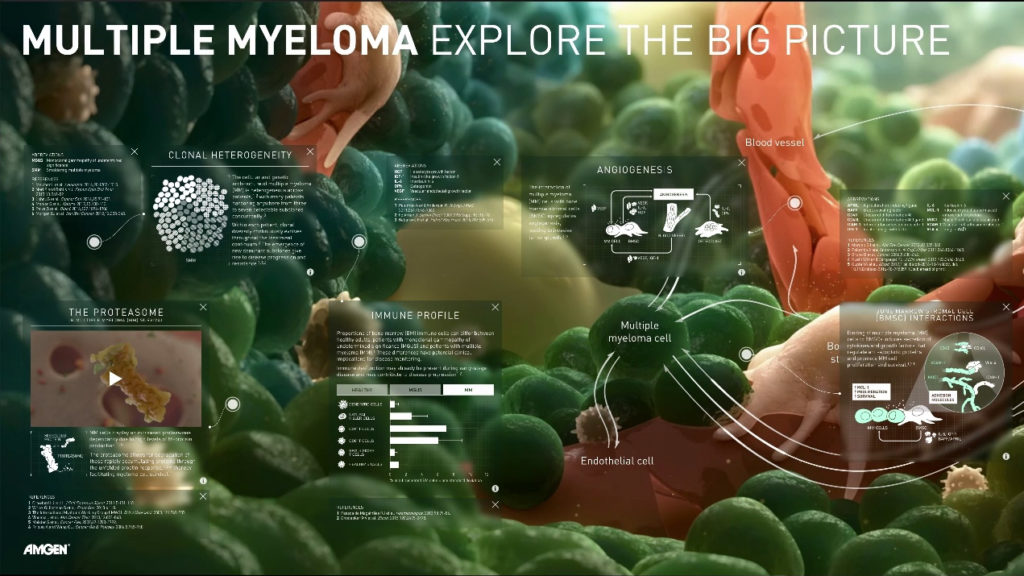
Multiple Myeloma Conference Exhibit
Biopharmaceutical Client
medical-animation
https://axs3d.com/wp-admin/admin-ajax.php
3

It’s been an absolute pleasure working with AXS. They overhauled our scientific materials, providing a consistent look across all our tangible and digital assets to convey our scientific pipeline in a graphically appealing way.
Heather Douangpanya
Director, Global Scientific Communications, Seagen Inc.

Everything from the animation and the stills visually show the story of FaraPulse and the market leading product we set out to achieve. The final deliverables met and even exceeded the original vision. KUDOS and THANKS to you and the team on an AMAZING end product.
Dan Chase
Principal Product Manager, Boston Scientific

We chose AXS Studio because of their unique ability to curate a better, more visually impactful story resonating with both a scientific and non-scientific target audience.
Glen Tinevez
Vice President, Marketing North America Commercial Operations,
Ortho Clinical Diagnostics
Ortho Clinical Diagnostics

The AXS team was a pleasure to work with and I greatly appreciated their creative and scientific expertise. The videos received outstanding feedback and are one of the most popular assets for our disease state education campaign.
Rachel Raynes
Global Medical Communications, Senior Manager | Heart Failure GCCL, AMGEN

What a privilege and blessing it has been working with the AXS team these last few months. The incredible quality and attention to detail in your work, the care you put into navigating relationships, and the commitment you have to pulling off the impossible — it’s been a sight to behold. We are so grateful and appreciative of all your efforts. Thank you!
Susan Bartlett
Principal, Workomics

You guys are doing great work! The animation with the electric field displayed has been an 'AH-HA' moment for all of our Doctors, strategic collaborators and many of our employees!
Allan Zingeler
President & CEO, Farapulse

My previous vendor struggled to conceptually understand the purpose of the project. AXS understood and delivered an amazing product—better than what I initially imagined. We have experienced more engagement with key customers and investors, and the interactive will be a tool we can use across multiple platforms.
Julie Whitcomb
Head of Medical Affairs, Eyenovia

Wow! Just wow! 🤯 mind blown! This is amazing!! My heartfelt gratitude to your team. Their dedication to our project is only outweighed by their creative talents.
John West
Chief Development Officer, SciMar Ltd.

AXS was a true partner in creating highly compelling MOA videos for an important pharma client. They collaborated with us through numerous challenges on a tight schedule and hit our deadline with a product our client loved!
Senior Account Executive, Goodfuse

Thank you for being so great to work with and for creating such an amazing animation. Everyone loves it. Our Director of Sales called it “a game changer”. Our CEO presented the animation in recent talks and shared it with retina specialists. It is a hit! AXS has been a valuable partner and we look forward to working with you again in the future.
Allison Dabney
Director, Marketing, LumiThera

I can always rely on AXS to bring me unique, creative ideas for interactive media that boost traffic and HCP engagement at our congress booths.
Peter Baumeister
Senior Manager, Global Scientific Communications,
Amgen
Amgen

It’s been wonderful working with AXS Studio. The experience has been fantastic, fun, and rewarding. We have had glowing feedback on the video and are finalizing plans to integrate into discussions with all prospective research candidates. Our patient character is crushing it in the Alzheimer’s LP world.
Danielle Goldfarb
MD, Clinical Assistant Professor of Neurology and Psychiatry, Banner Sun Health Research Institute

These are absolutely fantastic visualizations. They convey the real science. I still am incredibly proud of what we did together on this video and I use it in my lectures to Harvard students and externally.
Donald E. Ingber
MD, PhD, Director, Wyss Institute for Biologically Inspired Engineering, Harvard University

The team at AXS are true pros. They asked all of the right questions from the start, from technical/scientific details to overall look and feel, and completed this amazing cover rather quickly as a result.
Kelly Krause
Creative Director, Nature

It is an absolute pleasure to work with the AXS team. Their work is consistently well-researched, beautifully crafted, and press-ready.
Jen Christiansen
Art Director of Information Graphics, Scientific American Magazine

Collaborating with the AXS team on high-impact science visualization projects is always a pleasure. I can rest assured that the final product will be clear, elegant, and beautiful while meeting our target audience’s needs.
Fabian de Kok-Mercado
Creative Director, Howard Hughes Medical Institute (HHMI)

Your clear, didactic visuals enabled us to open a vital dialogue with physicians, drawing their attention to a rare genetic disorder, its causes, diagnosis, and treatment.
Joel Bathe
Senior Product Manager,
Genzyme Canada
Genzyme Canada

The AXS team works hard to understand our needs and goals to best interpret them to create a product that consistently exceeds our expectations. I’ve hired AXS in the past and will always look for a way to hire them in the future.
Adam B. King
Global Branding and Marketing Communications Manager,
Heartware
Heartware

AXS Studio is one of the top multimedia companies in our industry. Partnering with them on a booth activity is different; they’re always thinking ahead and thinking proactively.
David Clark
Vice President,
D&J Electronics
D&J Electronics

The Ad Board meeting went very well and the feedback on the animated piece was outstanding, even from the biggest and most important critics—who said they had never seen anything that was so well done and presented the topic so perfectly! Thanks again for helping to make this vision a reality for us and for all of the effort that you put forth on this project.
Vicki Kelemen
Senior Director of Market Development, Amylin Pharmaceuticals
Who we've proudly worked with
Where our work has been featured
Science inspires us, and we want to share it with others
Let’s work together
to tell your story.
Why invest in accurate medical animation?
- Medical animation is proven to explain complex medical science concepts quickly and clearly. Accuracy in medical animation matters to healthcare providers (HCPs).
- Accurate, high-quality medical animation lends credibility to your science and messaging. Conversely, inaccurate medical animation made by animators who lack science training can undermine your company’s credibility.
- High-end medical animation attracts visitors to your congress exhibit booth. Experts can spot visual inaccuracies a mile away.
- Medical animations enhance presentations to investors and B2B collaborators, when stakes are high and time is limited.
- Accurate, high-quality scientific visuals can be leveraged over and over on different channels to aid marketing efforts.
The AXS Studio difference
What makes an excellent medical animation? If you know what to look for, it’s easy to tell exceptional from average. Here are the key things to look for when hiring a medical animation studio.

Scientifically trained animators
Above all, your medical animation must be accurate. Depicting biology and medicine correctly requires specialized knowledge and skills. Every animator at AXS Studio brings graduate training in biological science and anatomy together with proficiency in 3D animation and film design. The result is beautiful, compelling work that meets your high standard for accuracy. Be cautious of companies that use generalist animators from the film industry. They lack science training and make frequent rudimentary errors that can undermine your credibility.
Smooth sailing through reviews
An experienced medical animation company will make navigating medical, regulatory and promotional reviews a snap. Whether you call it MLR, PRC, MRC or another name, it’s essential that your animation passes smoothly through your company’s review process. Voiceover scripts and storyboards must be referenced and prepared to your review specifications. Choosing a supplier with scientifically trained medical animators and storyboard artists will ensure the visuals are also accurate and supported by peer-reviewed data.
Unique visual identity
If a picture is worth a thousand words, an animation is worth ten thousand. Your medical animation will be a reflection of your company and brand. In a competitive field, it’s hard to differentiate your innovative approach and easy to look like every other company with a novel therapy or technology. AXS Studio analyzes your existing brand guidelines and creates a design system unique to you. Your custom design system establishes consistency across all visual communications. It streamlines the design and production process, making us faster and more responsive to your needs.
Futureproof assets
When you commission a medical animation, make sure your vendor can provide it in different formats such as short clips for presentations or social media. If the animation was made by a scientifically trained medical illustrator, still images can be output for use in presentations, medical liaison materials and on booth murals. This added value can greatly extend the initial investment in accurate medical animation to a wide range of marketing and communication uses that advance business objectives.
Medical Animation for Procedures
In-depth knowledge of gross human anatomy is essential to creating medical animation for procedures. AXS Studio animators have graduate training in human anatomy, and have trained in operating rooms, observing and documenting complex medical procedures. For our clients, this saves time and effort because we share their vocabulary and depict their content accurately. The result is a clean, clear procedure animation that is easy to follow for both physician and patient audiences.
Medical Animation for Products
Our animators excel at creating medical animation for products, including medical devices and technology. With the time and expense invested in your product, it is essential to depict its form and function impeccably for stakeholders such as collaborators, investors and customers. The AXS Studio team has the skill and experience to showcase your product in its best light with exceptional detail and beautiful 3D rendering. See what our clients have to say.
Frequently Asked Questions
If you’re ready to learn more about what we can do for you, simply reach out to our team with details about your project requirements, objectives, and timelines. We’ll schedule a consultation call with you to discuss your needs in detail and provide you with a personalized proposal and estimate for review.
Most medical animation companies and agencies hire generalist animators or outsource their production overseas to cut costs (and subsequently, quality). AXS Studio is unique among our competitors for exclusively employing medically trained animators. Each of our artists has a scientific background and holds a Master of Science (M.Sc.) degree in biomedical communications from one of the five graduate programs accredited by Commission on Accreditation of Allied Health Education Programs (CAAHEP). They are formally trained in anatomy, physiology, pathology, cell biology and molecular biology. We have 5 Board Certified Medical Illustrators (CMIs) on staff and over 20 years experience visualizing complex medical science for a discerning healthcare professional audience. Our highly specialized training means that we speak your language. We’re able to understand your science from the get-go, and explain complex medical processes far more clearly and accurately than generalist animators.
The cost of a medical animation is determined by:
- Length: Generally speaking, the shorter the animation is, the less time and resources it takes to create, and the less it costs. When estimating the length of your animation, a good rule of thumb is 100 words of voiceover per minute. We will collaborate with you on the voiceover script to ensure the animation length fits your budget while conveying your science clearly.
- Visual complexity: The cost of a medical animation reflects the number of and complexity of scenes that are used to tell your story.
- Video resolution: High-definition (HD) video requires fewer computing resources than Ultra-high definition (UHD or 4K) video and therefore costs less to produce. If you need a custom resolution for a special application, we have you covered.
All of our content development and production is done in-house at our Toronto, Ontario studio, so there are no markups to pass on to our clients. If you would like an estimate for your animation, send us a message.
We are a full-service studio, with in-house capabilities that cover the entire production pipeline. This means that our quotes include content research, storyboarding, 3D modeling, animation, rigging, lighting, shading, rendering, compositing, and special effects. We also take care of the audio side of things: professional voiceover talent, recording and editing, sound effect design, and custom or stock music. Optional services include voiceover script writing (including literature review), referencing, annotation, and MLR submission.
And when we say content research, we mean research. With AXS Studio, our fee includes our in-house scientific expertise. Our medically-trained animators dive directly into the primary literature and thoroughly familiarize themselves with your science. They prepare a referenced visual research deck for every project before drawing a single storyboard panel. We are committed to making sure your science is communicated flawlessly.
Clients often express relief upon transitioning to our services. They cite a range of difficulties experienced with their previous agencies. These include: failure to understand their objectives; a lack of scientific expertise that results in errors and delays; being charged overages to fix errors made by the agency; and scrambling last minute to meet deadlines.
In contrast, clients have described collaboration with AXS Studio to be “an absolute pleasure”. They’ve said “the AXS team works hard to understand our needs and goals,” and commented that the AXS team’s scientific expertise sets us apart from other vendors they’ve worked with. Clients have noted that our team is honest, invested, a pleasure to work with, and that they never have to worry about AXS making deadlines or surprising them with unplanned overages after a project delivers.
The AXS Studio team stands out from others with our strong scientific literacy, meticulous attention to detail, and proactive approach to addressing potential hurdles before they arise. We are known throughout the industry for providing exceptionally beautiful and accurate work. But don’t take our word for it; see what our clients have to say themselves.
Got a conference deadline you’re aiming for? With 3D medical animation, it’s worth getting in touch early, especially if you have a lengthy review and approval process. A two-minute medical animation takes 12–16 weeks to complete, including script and storyboard development. We recommend contacting us at least 4 months ahead of your deadline. We’ll collaborate with you to establish a timeline that works without compromising on the quality of your animation.
From experience, we have found that 1.5 to 2 minutes is the “sweet spot” for a healthcare provider audience. This is long enough to convey key messages, without feeling too long for short attention spans and busy people. Because cost is connected to runtime, budget is often a consideration in determining the length of your animation. If you’re preparing an outline or narration script for your animation, a good rule of thumb is 100 words per minute of animation.
- Define the key learning objectives and primary audience for your animation. The audience will inform the reading level and complexity of the animation content.
- Provide all reference material that might inform the content of your animation to your supplier. This can include key review papers, MSL decks and scientific posters.
- Next, your supplier will write a content outline for your review, followed by a voiceover script. The script typically goes through two rounds of review.
- A detailed storyboard is then created. The storyboard consists of drawings—one for each shot in the animation, accompanied by corresponding script, onscreen text (or supers), and a brief description of the action. There are typically two rounds of storyboard review, followed by a formal MLR review. See our post on medical animation storyboards for a complete overview [coming soon].
- Following storyboard approval, a greyscale rough cut animation is created using a “scratch” or placeholder voiceover track. The rough cut is for review and approval of the action and timing, and is usually accompanied by sample still renderings that show the proposed final look of the animation.
- After the rough cut is approved, professional voiceover is recorded and the prefinal animation is developed. The prefinal includes the final look, voiceover and music, and is submitted for MLR review and approval. Only minor changes (eg. tweaks to color and supers) happen after the prefinal is completed.
- Following MLR approval, the final animation is delivered as a compressed video file for immediate release. Often, a master uncompressed video file is also delivered, from which additional outputs can be made in different video formats.
Medical animations educate healthcare providers about new research in disease progression and treatment.
Patients and caregivers use medical animation to learn about diseases and treatments. This helps them better navigate challenges and make informed choices.
Medical affairs managers and medical communications managers use medical animation to explain disease pathways to healthcare providers at medical congresses and symposia, and on disease awareness websites.
Product managers and marketing managers use medical animations to explain the therapeutic mechanism of action (MOA) of drugs to healthcare providers on product websites and at medical congress booths.
Medical animations are used reactively by MSLs use in detail aids and presentation decks to explain disease pathways and MOA at in-person meetings with physicians.
Opinion leaders use medical animation in symposia presentations as visual aids to explain complex disease and therapy mechanisms.
Patient advocates and educators use medical animations to help lay audiences understand explain complex medical and scientific information about disease and treatments
Yes. You can use frames (still images) directly from the animation, at no additional charge. These are generally large enough to use in slide presentations, small print materials and on your website. If you require larger images—eg. for a booth panel—we can provide those and charge only for the output. We can also render individual elements from an animation, such as key molecules, for use in your other materials.
We ensure that all material we provide for MLR review has been diligently referenced from the scientific literature. If requested, we will annotate submission materials per your company’s review process requirements. We are also available to call in to review sessions to field questions and defend visual and storytelling recommendations, as needed.
We do not. All AXS Studio medical animations are custom solutions to our clients’ visual communication needs.


